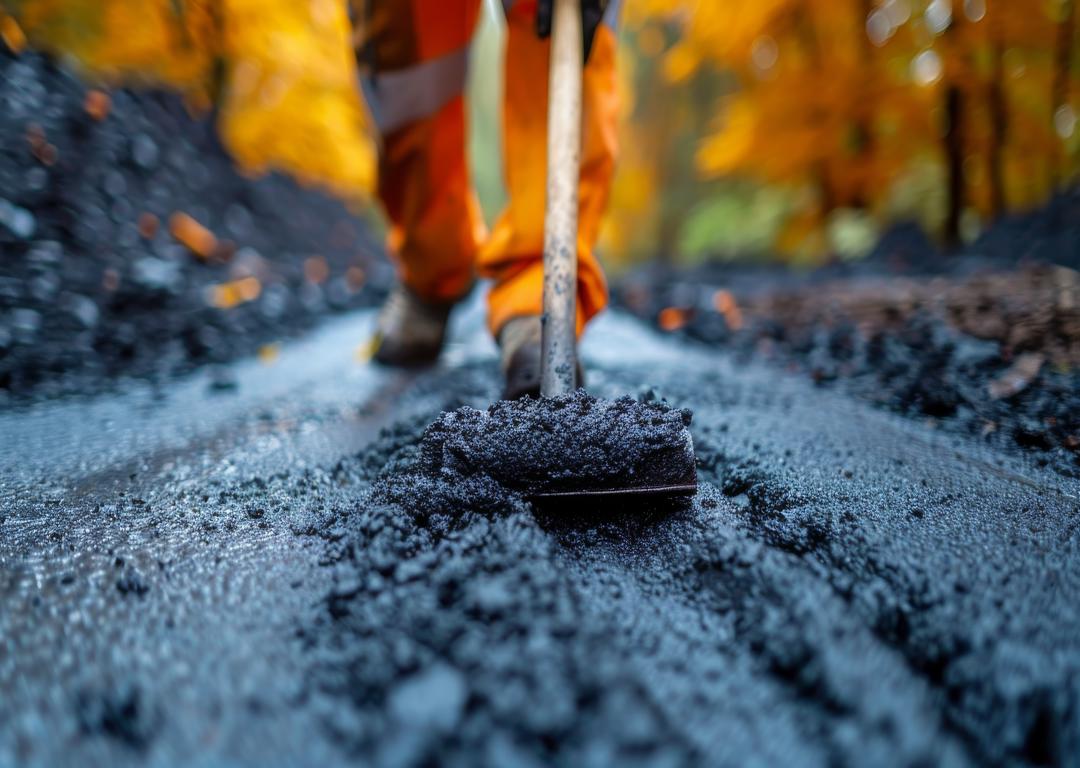
Proper joint sealing in concrete is crucial for preventing water damage, erosion, and other forms of deterioration. Durable joint sealing techniques ensure the longevity and structural integrity of concrete surfaces, whether in roads, sidewalks, driveways, or larger structures like bridges and buildings. This guide explores the best practices for effective and long-lasting joint sealing.
Understanding Joint Sealing
Joint sealing involves filling the gaps or joints in concrete surfaces to prevent the infiltration of water, debris, and other harmful substances. These joints are intentionally created to control where the concrete cracks due to thermal expansion and contraction, shrinkage, or other stresses. Without proper sealing, these joints can allow water to penetrate, leading to erosion, freeze-thaw damage, and the deterioration of the concrete.
Best Practices for Joint Sealing
Material Selection
Choosing the right sealing material is critical for durability. Common materials include:
Polyurethane Sealants: These are flexible, durable, and resistant to UV rays, making them suitable for outdoor applications.
Silicone Sealants: Known for their flexibility and resistance to extreme temperatures, they are ideal for joints subject to significant movement.
Epoxy Sealants: These provide excellent adhesion and are highly resistant to chemicals, making them perfect for industrial settings.
Polyurea Sealants: Rapid curing and highly durable, polyurea sealants are ideal for applications requiring quick turnaround times.
Surface Preparation
Proper surface preparation is essential for effective joint sealing. This involves:
Cleaning: Remove all debris, dirt, old sealant, and loose materials from the joint. A clean surface ensures better adhesion of the sealant.
Drying: Ensure the joint is completely dry before applying the sealant. Moisture can prevent proper adhesion and curing.
Priming: For some sealants, applying a primer can enhance adhesion, especially on porous surfaces.
Application Techniques
Applying the sealant correctly is crucial for a durable seal. Key steps include:
Backer Rod Placement: Insert a backer rod into the joint to control the depth of the sealant. This helps ensure the sealant adheres to the sides of the joint rather than the bottom, allowing for better flexibility and movement.
Sealant Application: Use a caulking gun to apply the sealant evenly into the joint. Ensure the sealant fills the joint completely, with no gaps or air pockets.
Tooling: Smooth the sealant with a tooling tool or a putty knife to ensure proper adhesion and create a neat finish. Tooling also helps to push the sealant deeper into the joint.
Curing and Protection
Allow the sealant to cure fully according to the manufacturer’s instructions. Protect the sealed joints from traffic, water, and other potential sources of damage during the curing period. This ensures the sealant develops its full strength and durability.
Advanced Techniques for Enhanced Durability
Pre-Compressed Sealant Tapes
Pre-compressed sealant tapes expand upon installation to fill the joint completely. They offer excellent movement capability and long-term durability, making them ideal for high-movement joints.
Hot-Applied Sealants
Hot-applied sealants are heated to a liquid state before application, ensuring a strong bond upon cooling and curing. These sealants are highly durable and resistant to environmental stresses, making them suitable for roadways and heavy traffic areas.
Two-Part Sealant Systems
Two-part sealant systems involve mixing two components before application. They provide superior performance in terms of flexibility, adhesion, and chemical resistance. These systems are ideal for industrial and high-stress environments.
Preventive Measures and Maintenance
Regular Inspections
Regularly inspect sealed joints for signs of wear, damage, or failure. Early detection of issues allows for timely repairs and prevents more extensive damage.
Maintenance
Perform maintenance as needed, such as reapplying sealant to areas showing signs of wear or degradation. Regular maintenance extends the lifespan of the sealant and the concrete structure.
Protective Coatings
Applying protective coatings over sealed joints can provide an additional layer of protection against UV rays, chemicals, and physical wear. These coatings can enhance the durability and longevity of the sealed joints.
Benefits of Durable Joint Sealing
Properly sealed joints offer several benefits:
Water Damage Prevention: Sealed joints prevent water infiltration, reducing the risk of freeze-thaw damage and erosion.
Extended Concrete Lifespan: By protecting against water and debris, sealed joints enhance the longevity of concrete surfaces.
Reduced Maintenance Costs: Effective sealing reduces the need for frequent repairs and maintenance, saving time and money.
Enhanced Structural Integrity: Sealed joints maintain the structural integrity of concrete surfaces, ensuring they remain safe and functional.
By following these best practices and employing advanced techniques, you can achieve durable and effective joint sealing, ensuring the long-term performance and safety of your concrete structures. Proper joint sealing not only protects against damage but also enhances the overall appearance and value of the property.